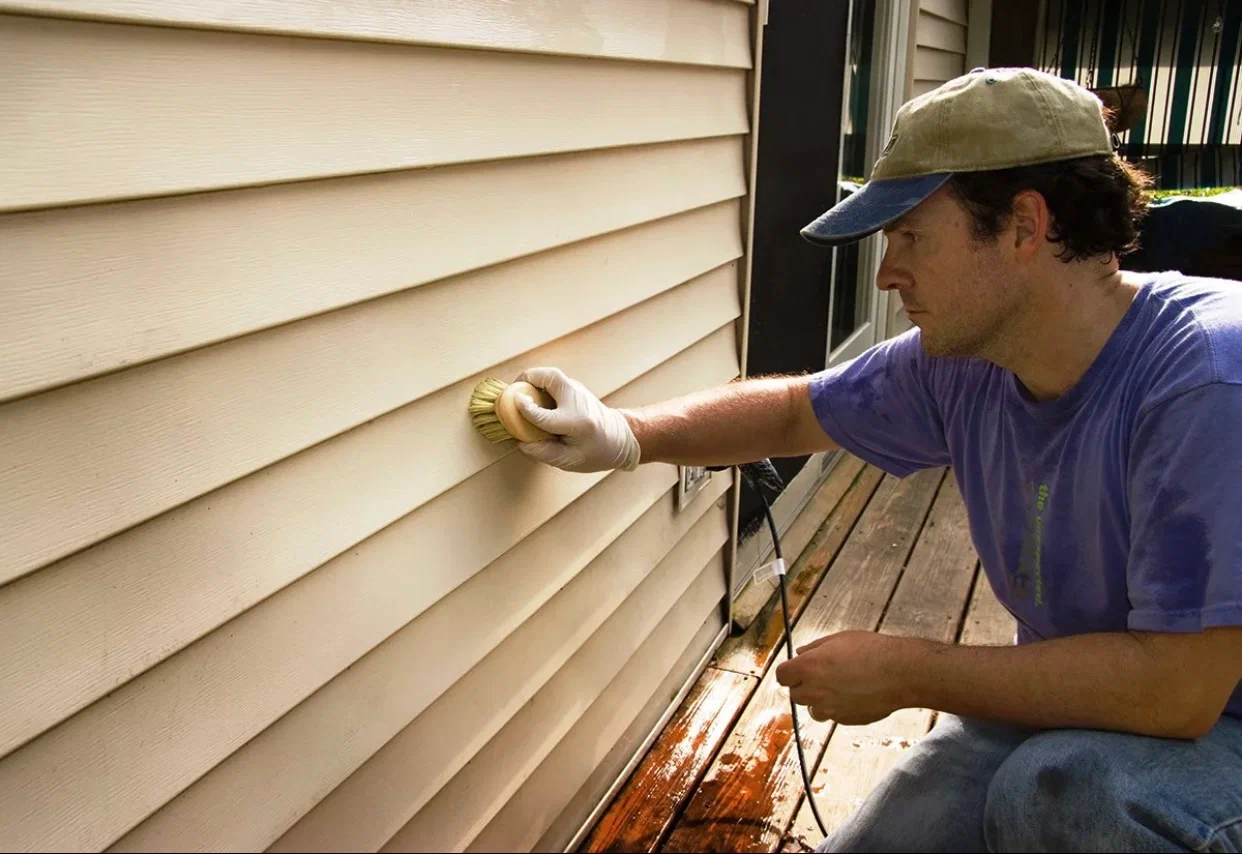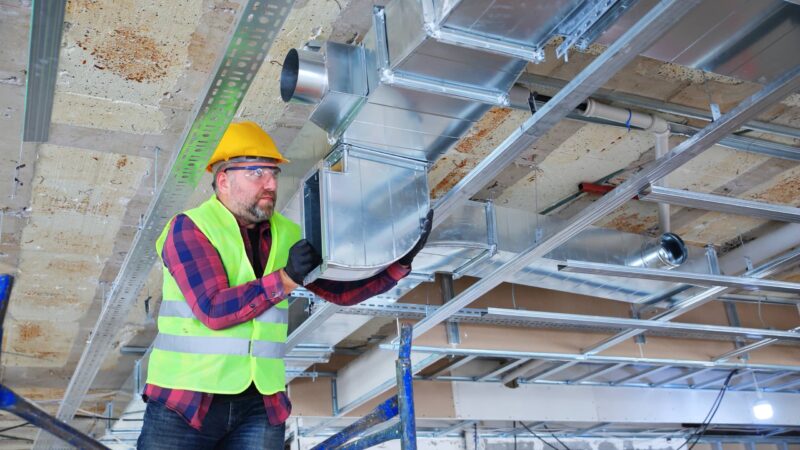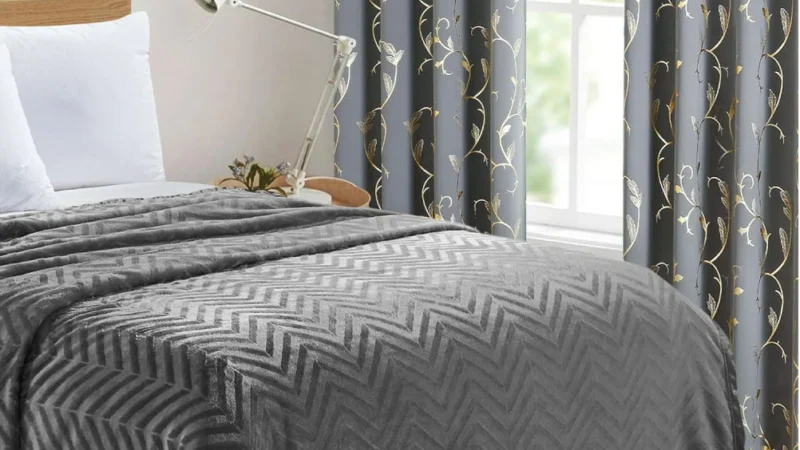The Ultimate Guide to White Vinyl Siding: Benefits, Design Tips, and Maintenance

White vinyl siding has long been a popular choice among homeowners and builders across North America. Its clean appearance, long-lasting durability, and affordable price make it a preferred siding option for both new constructions and remodeling projects. Whether you’re looking to give your home a timeless look or aiming for a cost-effective way to boost curb appeal, white vinyl siding checks all the boxes.
In this blog, we’ll explore everything you need to know about white vinyl siding — from its many benefits to design ideas, installation tips, and long-term maintenance.
Why Choose White Vinyl Siding?
1. Timeless and Versatile Aesthetic
White is a classic color that never goes out of style. It gives homes a fresh, clean, and bright look while providing a neutral backdrop for architectural details, landscaping, and accent colors. Whether your home is colonial, modern farmhouse, or contemporary in design, white siding blends seamlessly with virtually any style.
2. Low Maintenance
One of the biggest advantages of vinyl siding is that it requires very little upkeep. White vinyl siding doesn’t need to be painted and resists rot, pests, and weather damage. Occasional washing with a garden hose or a power washer keeps it looking new.
3. Affordability
Compared to fiber cement or wood siding, vinyl is one of the most cost-effective siding options on the market. This makes white vinyl siding an excellent choice for budget-conscious homeowners who still want a beautiful and reliable exterior finish.
4. Energy Efficiency Options
Vinyl siding can be installed with foam insulation backing, which improves your home’s energy efficiency by reducing thermal bridging. While white siding naturally reflects more sunlight and heat than darker colors, adding insulation can further lower cooling costs in the summer.
5. Long-Term Durability
Vinyl siding is made from polyvinyl chloride (PVC), which is resistant to moisture, mildew, and UV rays. Modern white vinyl siding is engineered to withstand wind, rain, and snow without warping or fading. Many manufacturers offer warranties of up to 30–40 years.
White Vinyl Siding Design Ideas
1. Pair with Bold Shutters and Doors
White siding provides a perfect canvas for colorful shutters and front doors. Navy blue, deep red, or forest green shutters add striking contrast, while a vibrant door color can become a stylish focal point.
2. Combine with Natural Stone or Brick
For added texture and dimension, white vinyl siding pairs well with stone or brick accents around entryways or as a partial facade. This combination elevates the curb appeal and adds a touch of luxury to your exterior design.
3. Use Vertical and Horizontal Panels
Mixing vertical board-and-batten style siding with traditional horizontal lap siding adds visual interest. This look works especially well for farmhouses and contemporary homes, breaking up large wall spaces with architectural texture.
4. Add Trim and Soffit Details
White siding looks even sharper with contrasting trim. Black or charcoal trim around windows and doors gives a crisp, modern aesthetic. For a more traditional look, white-on-white trim keeps the appearance cohesive and classic.
Installation Insights
1. Professional Installation Recommended
While vinyl siding is relatively simple to install, hiring a professional contractor ensures proper techniques are used. Correct installation is key to preventing moisture issues, securing the siding during wind events, and maintaining warranty eligibility.
2. Consider Insulated Vinyl Siding
If energy efficiency is a concern, insulated white vinyl siding is worth the investment. It adds R-value to your home and may qualify for energy tax credits in some regions.
3. Ventilation and Moisture Barriers
Behind the siding, contractors typically install a house wrap or moisture barrier to protect the home’s sheathing. Proper ventilation at soffits and eaves is also crucial to prevent moisture buildup behind the siding.
Cleaning and Maintenance Tips
1. Routine Cleaning
Cleaning white vinyl siding is as simple as using a hose and soft-bristle brush. For tougher stains like mildew or pollen, mix water with mild detergent or a white vinegar solution. Avoid abrasive cleaners or steel wool, as they can scratch the surface.
2. Inspect Annually
Each year, walk around your home to inspect the siding for any cracks, loose panels, or warping. Early detection of issues helps prevent more serious problems later on.
3. Trim Nearby Trees and Bushes
To reduce dirt, sap, and scratches, keep trees and shrubs trimmed away from your siding. This also helps prevent pests from finding a way behind your siding panels.
4. Avoid High Heat Sources
While vinyl is durable, it can warp when exposed to extreme heat. Avoid placing grills or fire pits too close to your exterior walls.
Environmental Considerations
1. Recyclable Material
Vinyl siding is a recyclable material, which makes it a more eco-conscious choice than many people assume. During replacement, be sure to ask your contractor about recycling old panels.
2. Reflectivity and Energy Savings
White vinyl siding reflects sunlight better than darker colors, which reduces heat absorption and helps maintain cooler indoor temperatures during summer months.
3. Long Product Lifespan
Because of its longevity, white vinyl siding reduces the frequency of material replacement, which contributes to lower environmental impact over time.
Frequently Asked Questions
Q: Will white vinyl siding turn yellow over time?
Modern vinyl siding is UV-resistant and typically treated with anti-fade agents. While older versions may have yellowed with sun exposure, today’s white vinyl siding holds its color for decades with proper care.
Q: Can I paint my white vinyl siding a different color?
Yes, but it’s not usually recommended. If you do decide to paint, use vinyl-safe exterior paint in a similar or lighter color to avoid heat-related warping.
Q: How long does white vinyl siding last?
With good care, white vinyl siding can last 30 to 50 years, depending on climate, installation quality, and maintenance.
Conclusion
White vinyl siding remains a smart and stylish choice for homeowners seeking a clean, classic, and low-maintenance exterior. Its timeless appeal, cost-effectiveness, and easy upkeep make it suitable for virtually any style of home. Whether you’re building new or updating an older property, white vinyl siding can enhance your curb appeal while providing long-term value.
If you’re considering white vinyl siding for your home, talk to local siding contractors, review product warranties, and explore style combinations that match your vision. A fresh white exterior could be just the facelift your home needs.



